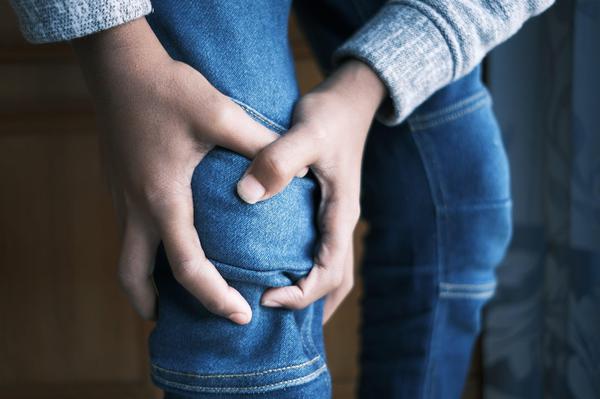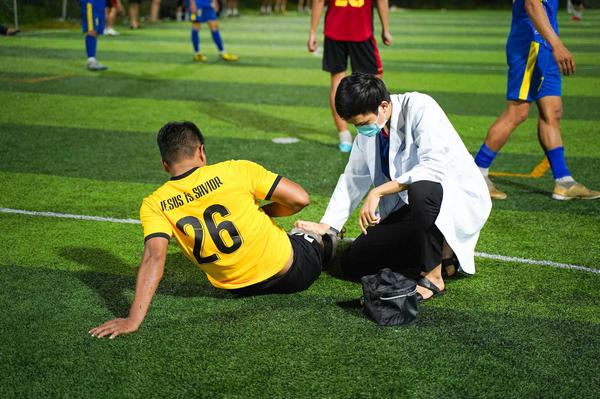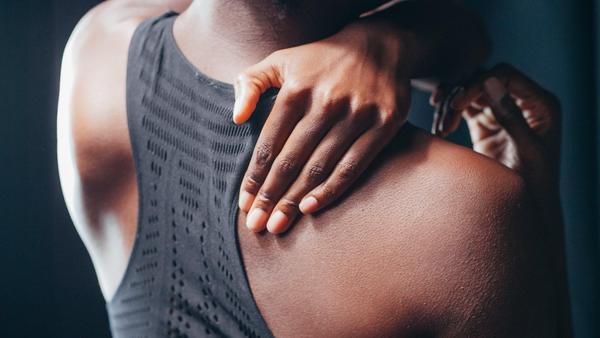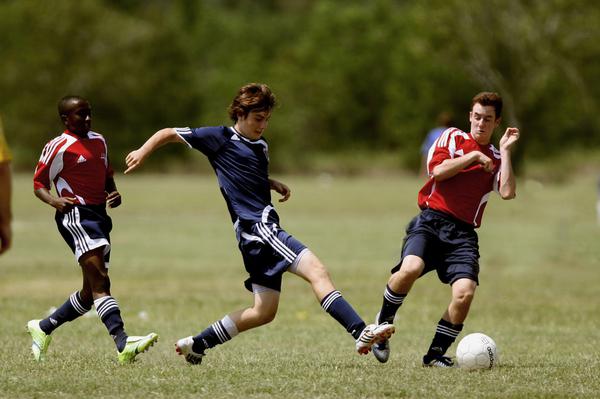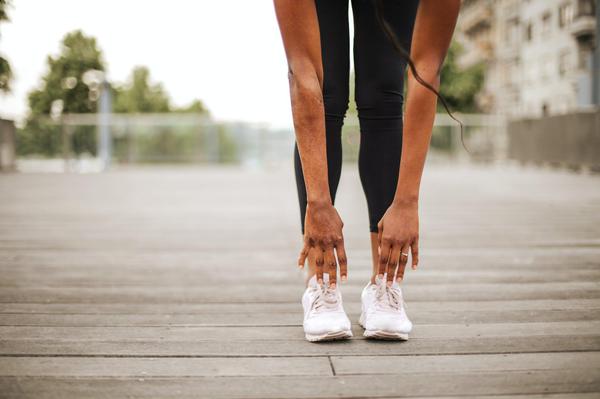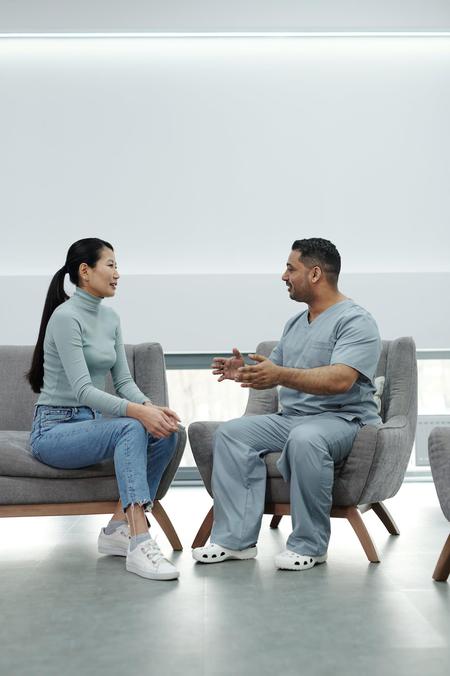Photo by Anastasia Shuraeva on Pexels
![]()
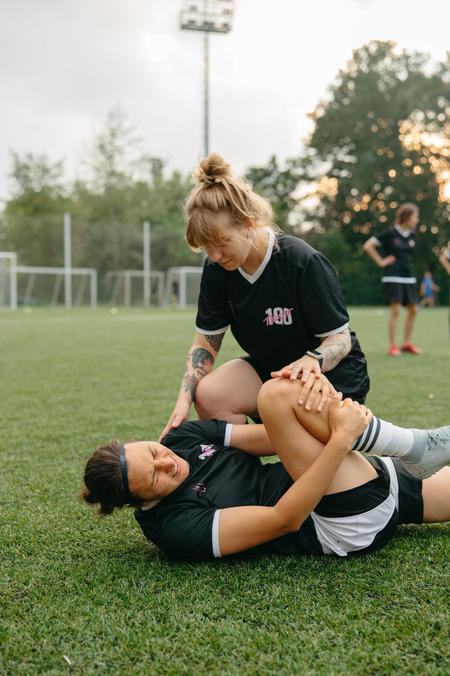
Experts at Mayo's ACL Specialty Clinic Take You From Diagnosis to Recovery
You hear a pop in your knee as you pivot or stop fast. Your knee swells. It is painful to bear weight. Maybe you are limping, or your knee is unstable. For an athlete or anyone who is active, injuring the ACL - whether a sprain, partial tear, or full rupture - can be devastating. When can you return to sport? And will your skill and ability be the same when you do?

